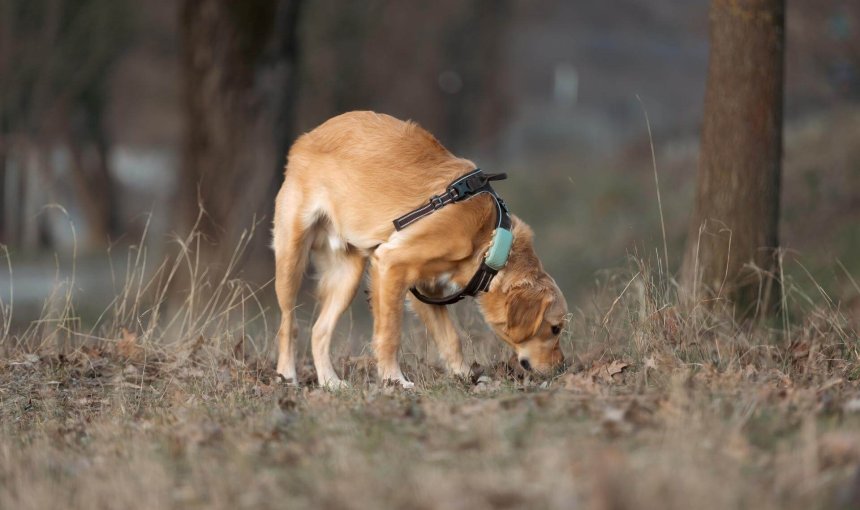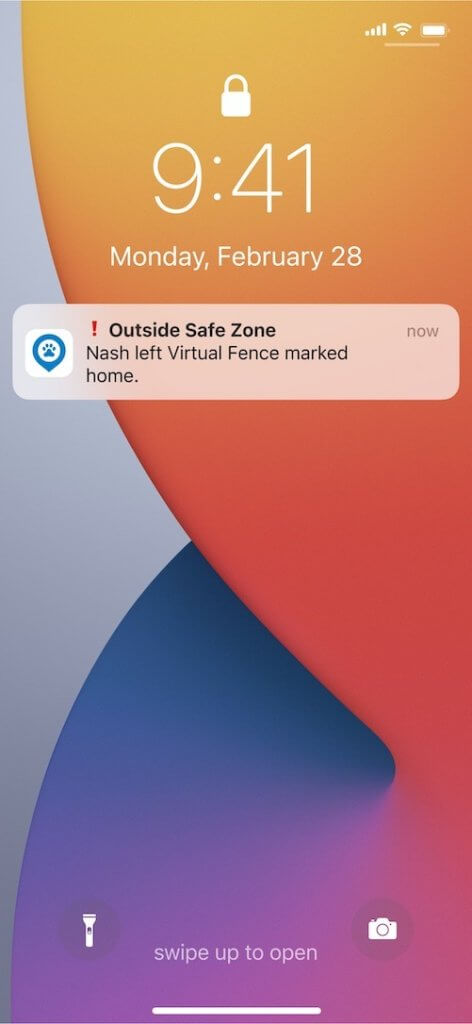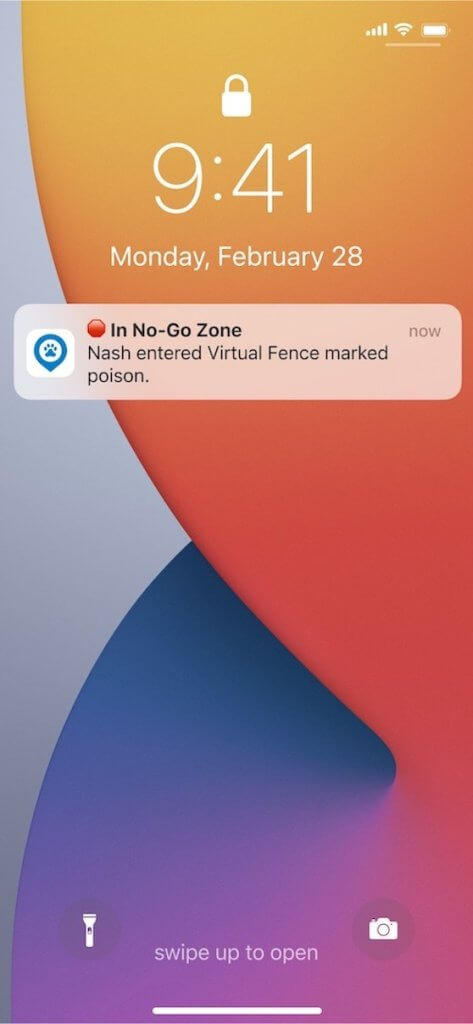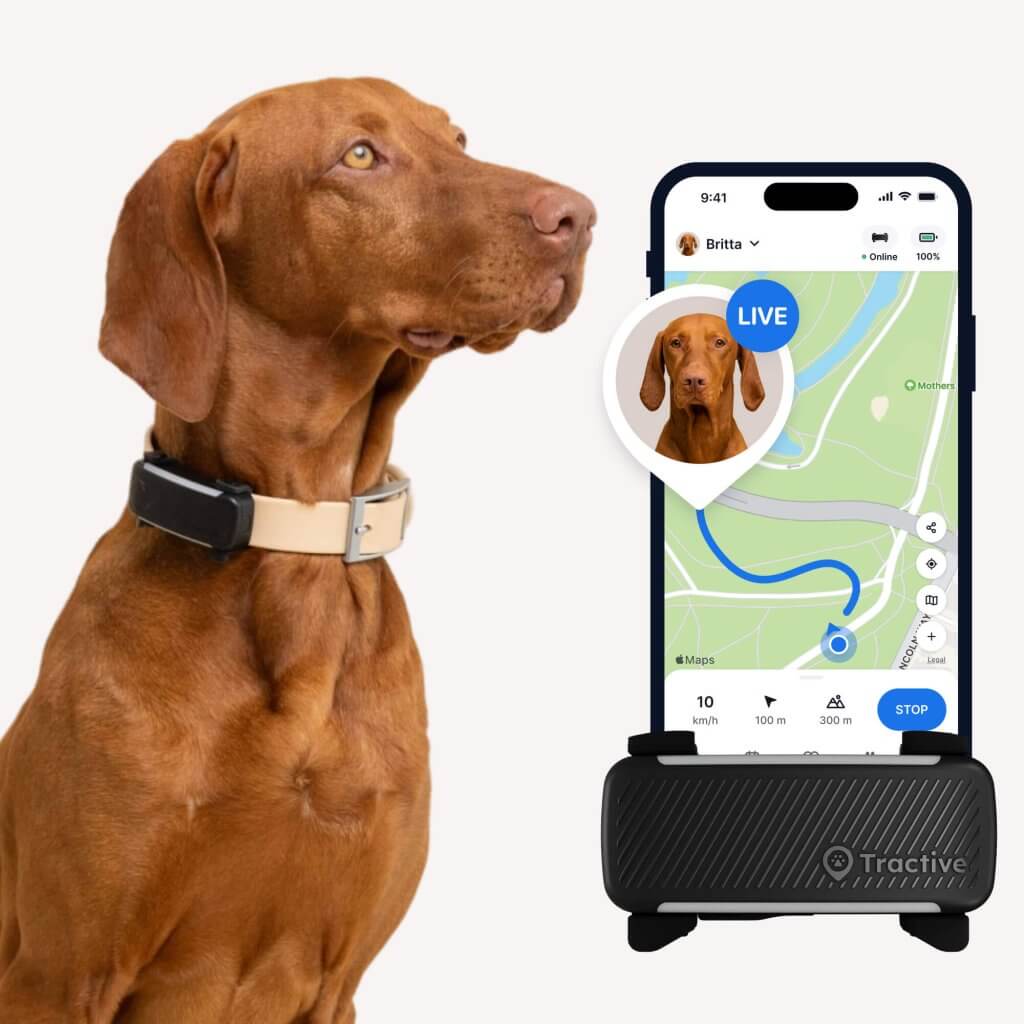 Approved by Dr. Dwight Alleyne, DVM
Approved by Dr. Dwight Alleyne, DVM Why Do Dogs Eat Grass? (And When Is It A Big Deal?)
Wondering why your dog eats grass once in a while? Turns out, it's both a completely normal behavior - but also one that opens up the risk of making your dog (very) sick.

As the warm days bloom around the corner, you might’ve found your buddy getting more active, outdoorsy, and…chewing, swallowing, or eating grass every so often?! Which might’ve made you wonder: why is my dog eating grass? And why do dogs eat grass in the first place? Here’s a post covering why – and how you can ensure yours doesn’t end up getting a mouthful of pesticide instead!
Key Takeaways
Grass eating is an instinctive behavior in dogs – it’s mostly harmless. At the same time, common reasons can include nutrient deficiencies and boredom, but also sickness and anxiety.
Untreated grass is generally safe for dogs to eat. But watch out for plants that are poisonous for dogs – as well as areas treated with pesticides, fertilizer, and herbicides.
Head to your vet if your dog eats grass and also vomits, seems reluctant around meals, shows signs of lethargy, or experiences unexplained weight loss.
A smart dog tracker can help you monitor where your dog is off wandering throughout they day. (And running into any potentially unsafe grassy areas.)

Always know your buddy is healthy & safe
Read moreWhy do dogs eat grass?
“Why does my dog eat grass?” you might be wondering. And in a nutshell: there’s no one simple reason why dogs eat grass. Dogs enjoy munching on the stuff for a bunch of different reasons.
The top 5 reasons for a dog eating grass are:
- Instinct
Your dog’s wild ancestors might’ve eaten grass to conceal their scent from prey. So modern dogs’ instincts might drive them to do the same. Besides, most dogs are natural scavengers and find a meal wherever they go. (Even more so if they have a strong prey drive.) - Nutrient deficiencies
Grass, like other plants, contains vitamins, minerals and nutrients that are good for your furry friend. Before preparing homemade meals, be sure to work with your vet to make sure you’ve got the right balance of nutrition. If you notice that your dog has been munching away on grass or houseplants, then you may want to introduce natural herbs or cooked vegetables into their diet. - Sickness
While less than 25% of dogs vomit from eating grass1, it may be the case they turn to eating grass when they’re not feeling well. Grass blades can tickle a dog’s throat, which may help them vomit. Which, in turn, can get rid of whatever’s bothering them and help them feel better. If a dog is trying to naturally get rid of a gassy or upset stomach, grass may do the trick. - Boredom
Which can drive dogs to chew on things (like socks) frequently when they’re bored and need “something to do.” - Anxiety
For example, if your dog suffers from separation anxiety, eating grass may be their way of coping.2
Is it safe for my dog to eat grass?
Grass itself is not toxic to dogs. No matter what the real reason is (and it may be different from dog to dog or a combination of all the above), you can be sure that eating grass is a common behavior for a normal, healthy dog. But occasionally, grass, and particularly grass awns, can get stuck in the back of your dog’s throat. If your dog seems uncomfortable after eating grass – or if they’re pawing at their mouth – check for grass as a potential cause.
We’d also recommend you stay informed on what kinds of grasses and plants are toxic to dogs.3 Some of these include:
- Azaleas
- Daffodils
- Oleander
- Tulips
- Irises
- Peonies
- Foxgloves
- …and more
⚠️ Certain herbicides and pesticides used on lawns can also be quite toxic, especially if ingested and should certainly be avoided. Yard sprays, such as weed control, can turn grass and plants toxic. If you don’t know if an area is chemical-free or not, don’t let your dog graze.
Read more: The Danger Of Snail Bait For Dogs
How can I stop my dog from eating grass?
In most cases, a little grass consumption isn’t a cause for concern. However, if your dog is frequently vomiting after eating grass, or if you’re concerned about pesticides or herbicides on your lawn, you might want to take some steps. Here’s how you can approach it:
- Increase your dog’s fiber intake
Through vet-approved fiber supplements. Else, you could incorporate certain dog-safe fruits and vegetables like pumpkin (plain, canned pure pumpkin, not pie filling) or green beans into their meals. A higher fiber content can aid digestion and might curb the desire for grass. - Let your dog chew on something else – safely
Like safe chew toys in a variety of textures and shapes to keep them engaged. Puzzle toys that dispense treats can also be a great way to keep their minds and mouths busy. - Don’t skip out on exercise
A tired dog is often a well-behaved dog. Walks, playtime, and even short training sessions can all reduce boredom-related behaviors. - Use a leash near grassy areas
To guide them away from particularly appealing patches of grass. (Your neighbors will thank you for it.) - Distract your dog
Any time your dog sniffs around grass, guide them in another direction or ask them to perform some command (like “Paw.”) Give them a treat when they obey. - Consult your vet
If your dog’s grass-eating is accompanied by other symptoms like lethargy, diarrhea, or repeated vomiting, or if you have any persistent concerns, it’s always best to consult with your veterinarian. They can rule out any underlying medical conditions and provide personalized advice for your dog’s specific needs.
When you should be concerned about your dog eating grass
If you notice your dog eating grass excessively, obsessively, or more frequently than you think is normal, contact your vet. Besides, keep an eye out for these symptoms:
- Vomiting
- Diarrhea – including blood in their stools
- Loss of appetite
- Weight loss
- Lethargy
- Excessive thirst
Besides, monitoring your dog’s whereabouts can help you figure out if they’re making a mess of your neighbors’ begonias – or coming in contact with substances (like snail bait or pesticides) that might be fatally toxic to them.
Where a smart dog tracker can help prevent an emergency
A smart dog tracker like the Tractive GPS & Health Tracker can provide an invaluable layer of safety and insight, potentially preventing an emergency before it even happens.
Strapped to your dog’s collar, you can now:
- Track your dog in real-time
With just a glance at your phone – and activating LIVE Mode. This means if your dog suddenly bolts after a squirrel into a treated patch of grass, or decides to explore beyond your yard, you can pinpoint their exact location instantly. This quick response time is crucial, especially if you’re concerned about them ingesting something harmful or wandering into dangerous areas. - Prevent your dog from escaping home
From your Tractive mobile app, you can set up “safe zones” around your home or backyard. Now if your dog leaves these (or enters a “no go zone”), you’ll get an escape alert to your phone.


- Figure out where your dog spends most of their time
From their Heat Map and Location History. Which could include the grassy spots near your home or around your neighbors’ – and where they might be likely to run into pesticides. - Spot potential health issues early
From your tracker’s Health Monitoring data. Which keeps track of your dog’s activity, sleep quality, and even vital signs. If there’s a weird change in these (which could even signal poisoning), your tracker will send you a Health Alert. So you can have a more productive conversation with your vet.

Keep track of your dog’s daily adventures
Follow every step with unlimited range Live Tracking. Get alerts if they wander too far. Keep them happy & healthy with Activity & Sleep Monitoring. Get Health Alerts if something seems off.
Your furry friend’s health and wellbeing means as much as to us as it does to you. So we’ve made it a priority to only share medically-relevant content on our blog. This post was checked, double-checked, and medically verified by Georgia-based vet, Dr. Dwight Alleyne.

Dr. Dwight Alleyne, DVM
Originally from Long Island, New York, Dr. Alleyne began his career at a no-kill animal shelter before becoming a licensed veterinary technician. He graduated from Cornell University Veterinary College in 2006 and completed an internship at Purdue University. Now practicing in Georgia, Dr. Alleyne specializes in soft tissue surgery and ultrasounds. He also writes pet health articles on his website, “The Animal Doctor Blog” (www.anmldrblog.com).



